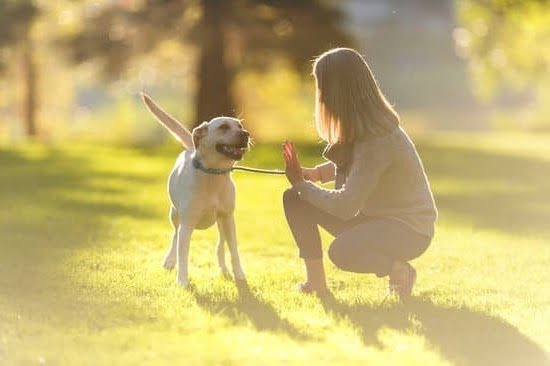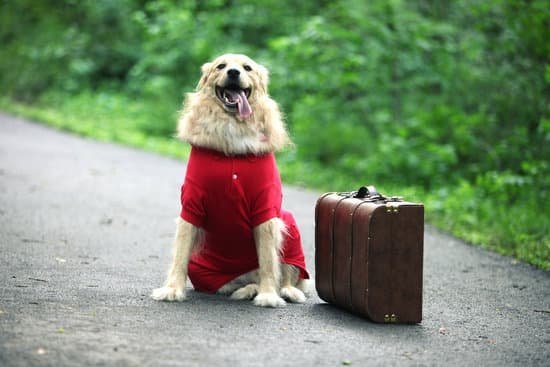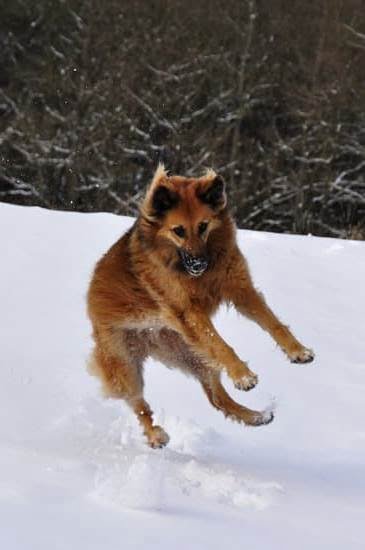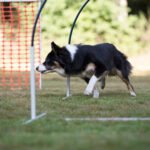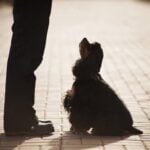Introduction
Potty training a rescue dog can be a daunting task. Not only do you need to help your pup learn acceptable potty behavior, but you must also consider the fact that any behavior issues may be linked to the pup’s prior environment or experiences. When taking on this type of challenge, it is important to remember not to expect too much from your pup too soon! Patience, consistency, and understanding are key elements to teaching your new companion how and when to potty properly.
To begin potty training your rescue dog, you first need to better understand its background. Has it been house trained before? Are there behaviors that signify that it needs to go outside? Has it had any negative experiences related to going to the bathroom? Understanding these questions will help provide a framework for setting up the basics of potty training.
The next step is establishing and maintaining regular routines with frequent trips outside. While working within your schedule and theirs, set times during which you take their pup outside and reward them with treats or praise when they go in the correct spot. Repetition is key for success, so be sure not only take them out often but also stay consistent with commands such as “go potty” or “do your business” so they become more familiar with what is expected of them in an easier fashion.
When accidents occur inside, try not to discipline too harshly as punishment may hinder progress in learning appropriate behavior. Conversely, rewarding positive potty habits when outside helps cement those good habits into their memory quicker and more effectively than negative reinforcement ever could! If behavioral issues persist (or lack thereof), it may be wise to look into further training or professional advice regarding your specific situation.
At the end of the day, each pup has its own unique personality and story defining its future with you—so look at each situation individually while keeping all aspects of successful potty training in mind!
Start with the basics
When potty training a rescue dog, its important to understand the background of your pet. Knowing the type of environment they came from and whether or not they had any previous training will give you useful information that can help you make informed decisions while potty training. Some dogs may have been exposed to harsh environments or limited positive reinforcement, so recognizing this is important in creating an effective training plan.
Next, it’s time to set up the house for success. Place an area rug or pet bed near the outside door you’ll be using for potty breaks and place pee pads around these areas too in order to encourage elimination. If your rescue dog has already established an elimination spot inside your home, start by setting up a litter box or some pee pads in one specific spot that can be used for additional potty trips if needed. After understanding more about your rescues likes and dislikes, create designated potty spots both indoors and out with cues that would indicate it’s a safe spot to eliminate (i.e treats and special toys). Finally, cushioning mats or rugs can be strategically placed throughout the house so your puppy knows it’s okay to go on them if there are no other options available to eliminate.
Establishing a potty routine
One of the most important steps in potty-training a rescue dog is establishing a potty routine. Start by identifying an outdoor spot for your pup to go to the bathroom. Take him or her out for potty breaks at least every two hours and after meals, energetic activities and naps. Your schedule should be consistent, as dogs like structure and predictability.
When you take your pup outside to go, praise him or her with treats and affection when they do their business in the proper area. Over time, they will begin to equate using the designated potty space with getting rewarded – an incredibly effective form of positive reinforcement training. You can also set up timing cues by saying phrases such as “Go Potty” right before you take them outside to use the bathroom. Doing this on a regular basis will teach your pup that it’s time to go!
It’s also important to monitor your dog while they are indoors – if you notice signs that they need to go like barking or circling, immediately take them outside to their designated spot so that there are no accidents inside the house. Clean up any areas where your pup has had an accident with one of many pet odor neutralizers available on the market; this will help discourage repeat incidents in that same spot. With patience and consistency plus positive reinforcement, you will have a housebroken pup in no time!
Dealing with accidents
Accidents are part of the potty training process, and they are often unavoidable when you are dealing with a rescue dog. To effectively manage them, it is important to identify what the triggers may be that cause your pup to have an “accident” – such as nerves, stress or excitement. Try to anticipate these triggers by reducing distractions and noise in the area when you need your pup to relieve himself and also create an environment he can easily find his way to and away from the outdoors if needed.
You also need to be sure to correctly handle accidents if they should occur. Keep calm throughout the situation, as scolding or punishment may lead to harder-to-solve behavior problems down the road. You will want to thoroughly clean up messes so that your pup does not think that this type of behavior is acceptable or is linked with any scents in particular areas of your home. Cleaning products designed specifically for pet messes can help prevent lingering odors and future accidents in those spots. Finally, reward your pup for good behavior – such as going outside – with treats and positive reinforcement, which has been shown to be much more effective than verbal scolding when potty training a rescue dog.
Incentives
When it comes to potty training your rescue dog, it is important to use incentives to encourage positive behavior. Start by establishing a clear routine with your pup, such as taking them outside several times a day, directly after waking up and during mealtimes. Use delicious treats during these trips outside to reward correct behavior like when they are doing their business in the correct spot. Even if there were some accidents along the way, make sure to praise your pup for their effort afterwards and provide plenty of rewards that come in different forms such as toys or walks. As long as you remain consistent and patient, your pup will eventually get the hang of things, so stay diligent and never punish bad behavior unnecessarily. With enough time and dedication you’ll soon have an obedient and house-trained dog.
Continuing the Training
Adjusting to a new home can be a difficult transition for any rescue dog. As part of the potty training process, it’s important to understand that there may need to be an adjustment in your approach. With a rescue dog, it’s essential to provide them with lots of praise and positive reinforcement when they use the bathroom outside as this will help them gain confidence in the process. During this period, keep consistent with your potty training routine and practices to help reduce confusion and frustration. It may also be beneficial to break each task up into manageable pieces; too much at one time can lead to stress, which can slow down the prioritization process. Keep practicing the same habits and schedules until they become stronger routines and your rescue dog is consistently using the bathroom in the appropriate areas.
Conclusion
Potty training a rescue dog takes patience and consistency. You will need to be diligent in both rewarding positive behavior and correcting any mistakes. In order to get the best results, remember to keep the training sessions short and interesting. Offer your pup plenty of praise when they do a good job, and provide gentle guidance when things don’t go according to plan. Additionally, make sure that your rescue feels comfortable whenever you are teaching them. Keeping their crates clean and spacious, providing potty breaks frequently, making sure there is no pressure from other dogs in the house if applicable, and reducing how much freedom they have until potty training is achieved can all help in the process of potty training your rescue dog.
It’s important to know that every pup learns differently — customized approaches may be necessary for success with each particular rescue dog. Adapting the training as needed is key for achieving desired results with each individual pup. Make sure to celebrate successes along the way so that your pup knows exactly what he or she is doing well – verbal praise mixed with a treat or toy can be especially effective! Overall, just staying dedicated to consistent and positive reinforcement methods will get your pup on track with potty training in no time!

Welcome to the blog! I am a professional dog trainer and have been working with dogs for many years. In this blog, I will be discussing various topics related to dog training, including tips, tricks, and advice. I hope you find this information helpful and informative. Thanks for reading!

